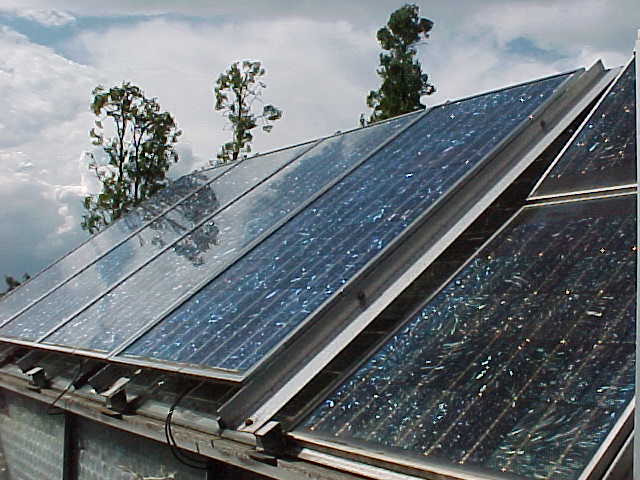During a recent Silicon Valley Leadership Group Alternative Energy Solutions Summit, Pacific Gas and Electric Company showcased the first-ever utility Vehicle-to-Grid (V2G) technology demonstration. The demonstration marks a milestone in the development of innovative technologies to make electric vehicles suppliers of electricity to homes and businesses.
“PG&E is committed to meeting the challenges associated with climate change by developing and bringing innovative alternative-fuel technologies to our customers,” said Bob Howard, PG&E vice president of gas transmission and distribution. “V2G represents the best of these technologies because it intersects the transportation and utility sectors – the nation’s two largest contributors of greenhouse gases – to increase energy reliability and protect the environment.”
Vehicle-to-Grid technology allows for the bi-directional sharing of electricity between Electric Vehicles (EVs) and Plug-in Electric Hybrid Vehicles (PHEVs) and the electric power grid. The technology turns each vehicle into a power storage system, increasing power reliability and the amount of renewable energy available to the grid during peak power usage.
PG&E’s prototype PHEV, converted in partnership with the Bay Area Air Quality Management District and Energy CS, adds a lithium ion battery to a traditional Toyota Prius. The additional battery capacity increases the vehicle’s ability to run completely on electricity. In front of many of the Silicon Valley’s industry and governmental leaders, PG&E showed the reverse flow of energy from the vehicle back to the outlet – a first public showcase for any utility. Once connected to the outlet, PG&E then ran several lights and appliances to show how V2G could benefit its customers.
Although PG&E’s PHEV is currently in prototype form, the company sees the possibility that its customers will be able to take advantage of V2G technology and PHEVs by providing power to their home or businesses during hot summer days to avoid high energy prices and help prevent outages.
In addition to reducing energy costs, V2G technology could provide the ability for customers to sell back energy to the utility during hot afternoons when demand is highest and most costly to avoid blackouts. During these periods, energy is worth several times more than overnight when vehicles charge. Vehicle owners will select a price threshold at which they are willing to sell energy, and when the price reaches this point the utility will be able to automatically draw energy out of the vehicle, leaving enough for the drive home if necessary. The utility’s customers would then earn credit in the amount of energy used by the utility toward their monthly energy bill.
V2G technology also serves as a way to increase the amount of renewable energy used during peak energy hours. During times of maximum demand, electrical utilities have to buy power from expensive and less efficient fossil fuel power generating sources. PHEVs will charge their batteries at night when energy is inexpensive and is generated with a larger percentage of renewable resources. When demand is high the next day, instead of turning on a fossil-fuel based generator, the utility can purchase the renewable energy stored in the vehicle batteries.
“PG&E’s V2G demonstration marks an important milestone for plug-in vehicle technology,” said Felix Kramer, Founder of CalCars.org. “Using a grid-connected car’s battery as distributed energy storage for homes or businesses expands the economic and environmental benefits of plug-in vehicles.”
PG&E’s PHEV and V2G program is part of its broader strategy to develop innovative energy solutions that deliver the cleanest and most reliable power to its customers. In addition to its PHEV, PG&E owns and operates a clean fuel fleet of fuel cell vehicles and more than 1,200 natural gas vehicles – the largest of its kind in the United States. PG&E’s clean fuel fleet consists of service and crew trucks, meter reader vehicles and pool cars that run either entirely on compressed natural gas or have bi-fuel capabilities. Over the last 15 years, PG&E’s clean fuel fleet has displaced over 2.7 million gallons of gasoline and diesel, and helped to avoid 5,000 tons of carbon dioxide from entering the atmosphere.




